Area 25.82 km² | Elevation 3,369 ft (1,027 m) Population 5,240 (2006) | |
Weather 23°C, Wind N at 11 km/h, 63% Humidity | ||
La Laguna is a municipality in the Chalatenango department of El Salvador.
Contents
Administrative Organization
The urban center is divided into districts:
Essentials
The municipality has an area of 25.82 km².
Population

The population of the municipality is 5240 inhabitants until 2006. The population density is 202.94 inhabitants per square kilometer.
History
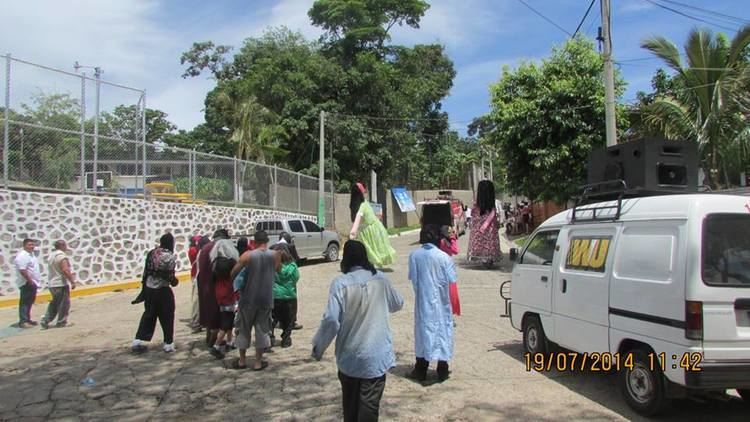
It tells the story that in 1807 the canton Loma Lisa or Santiago belonged to the party of Chalatenango. In 1816 it emerged as the village by the name of La Laguna. From 12 June 1824 to 22 May 1835, belonged to the department of San Salvador and then to the February 14, 1855 the department of Cuscatlán, being annexed after this date by the Chalatenango department since its inception.
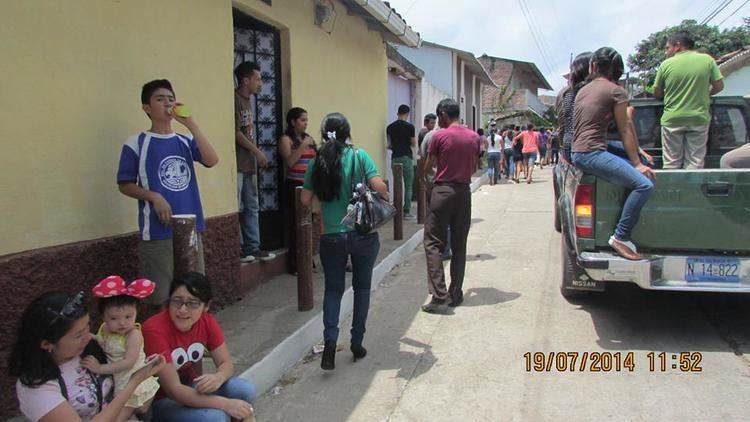
On August 14, 1845 the town was burned by Honduran forces. In view of this disaster and the unhealthiness of the place, authorities and neighbors arranged to leave the primitive seat and moved to Old Village site. On July 15, 1919 was annexed to the District of Dulce Nombre de Maria, but only in administrative matters, as in the judiciary remained attached to the Court of First Instance of Tejutla and June 29, 1932 the district of Chalatenango.
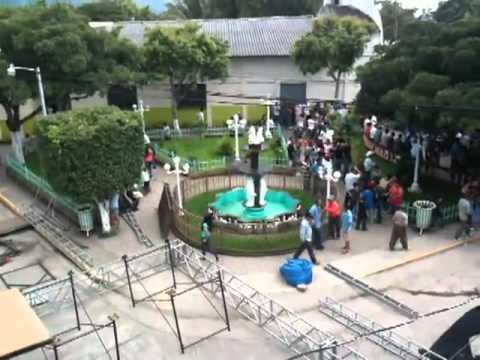
During the Armed Conflict, La Laguna was a strategic town during the Salvadoran civil war in the 1980s Their houses, battered by bullets, witnessed and protective of its inhabitants, with its adobe walls 60 centimeters thick. The Montañona, was the aim to overcome the armed forces, as from its heights the whole sector and the movements of war camps was visible. View of houses and mountains, cobbled streets. On Montañona are the tatus where the guerrillas hid and that's where clandestine work Farabundo Martí Radio. With the signing of the peace accords the people reborn to be a tourist place and show its beauty.
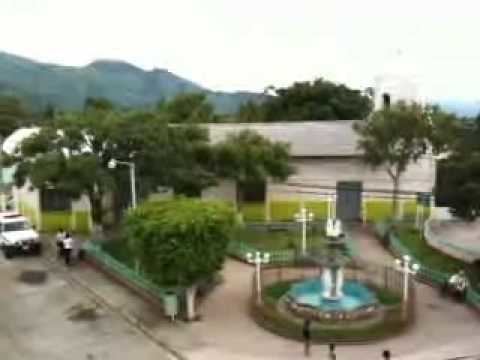
One of the most valuable men who gave this town is Don Luciano Calles who was mayor in 1972, and then served as deputy in the Legislative Assembly in 1976. Under his administration works were performed as the introduction of the network of sewers sewage, which at that time owned or departmental head; besides the construction of the Health Unit of the town with the help of FOCCO. Today, after almost two decades of armed conflict end in the country, La Laguna is a quaint, thriving and people with an entrepreneurial spirit; becoming one of the poles of social and economic development of the northern part of the department. Explains the Mayor Baltazar Elias Galdamez, La Laguna is a model town not only at the departmental level but also nationally by the various initiatives carried out in the town, focused on social inclusion, and environmental protection.
Religion
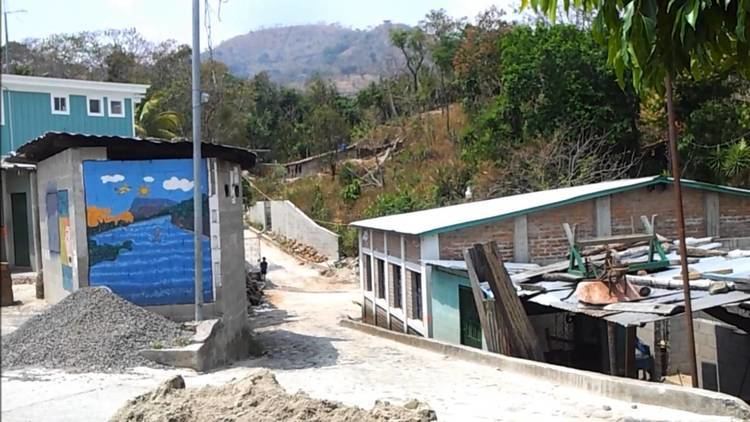
83% of the population of El Salvador is identified as Catholic, the other 17% are identified with other religions (CIA World Factbook), but in recent years the popularity of Catholicism has gone down (USBDHRL). There are enough activities of Protestants, and La Laguna is no exception, taking prominence others derived religious currents of Christianity.
Churches present in the municipal:
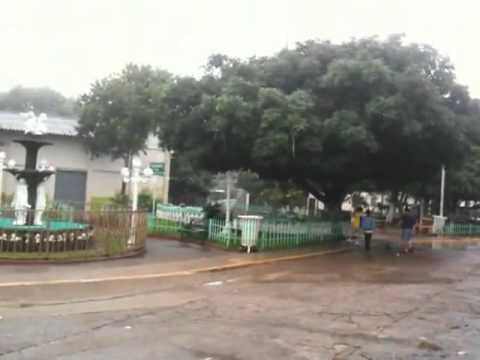
Agricultural Production
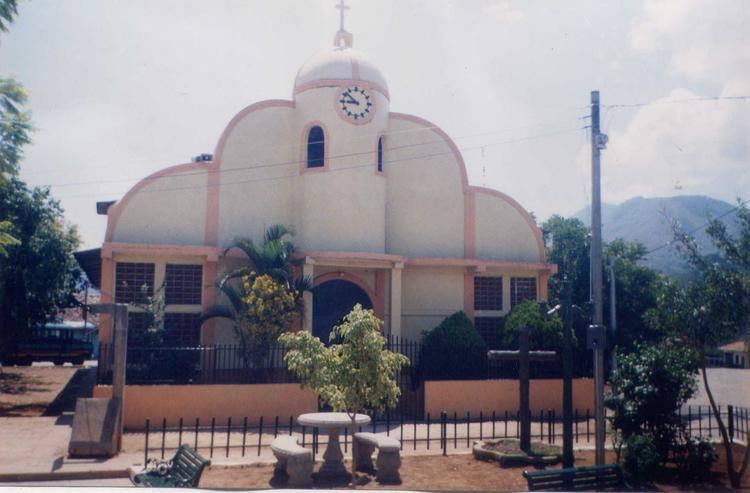
Agricultural production has historically been the municipality is of beans, maize and sorghum, but due to the crisis in the agricultural sector, many people became livestock or emigrated to the United States. Therefore the population and not strongly identify with an ancestral production. Usually what occurs is for family support and those marketed under the produced, they do through intermediaries or directly.
Today the town is a very promising direction with the revival of important agricultural crops such as livestock, planting of fruit, vegetables and coffee production with the help of new technologies, keeping other by hand as beekeeping and fish farming.
Food & Beverages
The traditional food includes beans, tortillas, meat of domestic animals, soups, sweets, and seeds. Other traditional dishes include:
Most of the ingredients used for traditional meals and drinks these are natural and can be found or produced in the area. Also part of biodiversity, which in some cases is threatened or endangered. However, this is being lost, now people eat more industrial products with many chemicals that affect the health of the population.
Tourist Sites
Places like El Cerrito, La Montañona, Las Pacayas and the village itself, are signs that this town sets aside suffering and invites the world to see that he has his people so kind, their places viewpoints, as a way out of the routine of the city and out to breathe fresh country air, heights and enjoy their undeniable beauty.
Sites:
In La Cuchilla are still the remains of a downed plane in armed conflict, including an aircraft wing serves as a bridge in a large ravine.
Craft Production
The municipality is characterized by the production of rigging, flowers and toys and whistles, tops coyotes (nose) and kites. It is noteworthy that these crafts are no longer seen in the town, however, still there are people who can develop them but having no value and demand, not compiled. There are also people who make coconut candy, sugar, dried fruit and guava.
Also in the months of January to March are popular grinding mills or where sugar cane is processed and obtained at the various stages of cooking tasty products like cachaça, clear, table honey, marshmallows, smoothies and sweet brown sugar, lacking cooked in honey pumpkins.
